Aktuelle News & Schlagzeilen
Holoplot X1 supports Lightroom’s new immersive experience
It is a year since Lightroom, a performance space in the heart of London’s King’s Cross, opened its doors. “The Moonwalkers” is the latest experience at the London venue, following the David Hockney show “Bigger and Closer”. The Holoplot X1 Matrix Array was chosen for the process of recreating the awe and majesty of space travel for “The Moonwalkers”.
This new production is narrated and co-written by Tom Hanks and includes original NASA audio. The score is composed by Anne Nitkin and was recorded at Abbey Road Studios with the Royal Philharmonic Orchestra. X1 in Lightroom is permanently installed and completely invisible, blending into the existing infrastructure of the building. The system’s software capabilities make it highly flexible, and nothing in its physical configuration needs to be changed to design the audio for a new show. So, when “The Moonwalkers” took over residency, the hardware remained, whilst the sound design changed dramatically, using the Holoplots software ecosystem.
“If this were a point source system, you would physically have to move the speakers”, says sound designer Tom Hackley. “It would take much more time and you could be fighting for space to hang them. With the Holoplot systems, everything is done in the software, it’s instant and once rehearsals started, it was a huge help to brainstorm when Tom (Hanks) wanted to try out ideas in the space.”
“When I first got involved with Lightroom I had thought, ‘Please don’t make me use a system that I’ve never experienced!’”, he continues. “I was also concerned that we wouldn’t be able to deliver the same experience to every position in the room, that there would have to be compromises. But actually, you hear everything everywhere. We go from a rocket taking off, the loudest sound known to man, to a complete lack of sound in the silence of deep space. The frequencies X1 has to deal with are vast; there’s infrasound, not only when the rocket takes off, but when we have boots on the moon, and then you add the symphony of the orchestra playing at the same time; it’s gigantic and dynamic.”
Unlike traditional techniques, the 3D Audio-Beamforming technology employed by Holoplot allows sound designers more control over the sound and the freedom to experiment, as Hackley found. “I can move sound within the space but also send sound back beyond it”, he explains. “In terms of an immersive sound experience, Holoplot is at the forefront; you aren’t only putting the audience within the sound, you’ve got the facility to push sound beyond the audience, which feels kind of alien. I haven’t experienced that dramatic effect in other systems, especially when it comes to audio image placement, and we would never have been able to do some of the spot effects with traditional line array or point source boxes.”
Lightroom’s creators, 59 Productions, have recently opened a new Lightroom in Seoul, South Korea, and there are plans for more. “We’ve already been out to prepare the show for Seoul”, says Hackley. “The interior of the venue is very similar to London, but it’s purpose built so we have more positions for speakers, and there have been some additions. We’ve upgraded to two MD80-S with two MD96 arrays in the equivalent north and south sections, together with four arrays fixed as single pairs within the East and West walls, so it isn’t a case of transferring it exactly, there are tweaks. With Holoplot’s Plan software, I could already make any changes I needed to before I arrived.”
(Photos: Holoplot/Lightroom/Justin Sutcliffe)
SCHLAGZEILEN
news archiv
suche
© 1999 - 2025 Entertainment Technology Press Limited News Stories

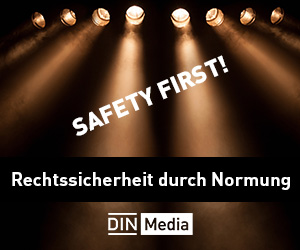

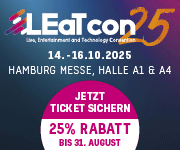



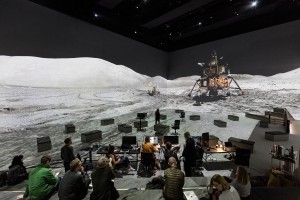
.jpg)
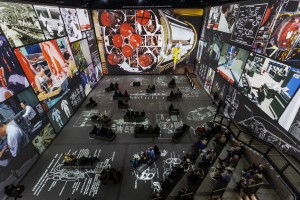
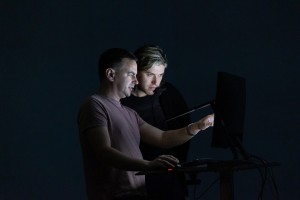
![Robe [Header]](/images/general/sponsors/Robe-Banner-2022.jpg)